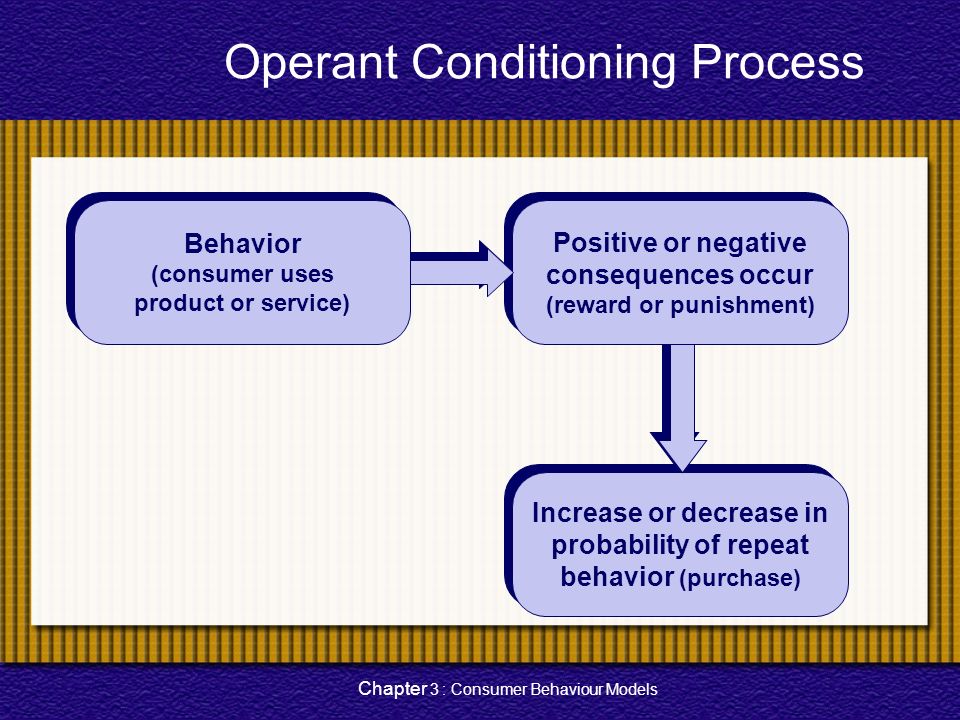Consumer Behaviour Models Ppt Download Free
• • • The buying decision process is the process used by consumers regarding market transactions before, during, and after the purchase of a. It can be seen as a particular form of a in the presence of multiple alternatives. Common examples include and deciding what to eat. Decision-making is a psychological construct. This means that although a decision can not be 'seen', we can infer from observable behaviour that a decision has been made. Therefore, we conclude that a psychological 'decision-making' event has occurred. It is a construction that imputes commitment to action.
What Are the Different Models of Consumer Behavior? Reviewed by: Elisa Shoenberger, M.B.A. Written by: Marcus Paine Updated November 21, 2018. In order to successfully sell your goods or services, you need an idea of why consumers behave the way they do when they make purchases. For example, knowing how much your customers have to spend.
That is, based on observable actions, we assume that people have made a commitment to effect the action. Nobel laureate sees decision-making as a vain attempt to be rational. He claims (in 1947 and 1957) that if a complete analysis is to be done, a decision will be immensely complex.
He also says that peoples' information processing ability is limited. The assumption of a perfectly economic actor is unrealistic. Consumers are influenced by emotional and nonrational considerations making attempts to be rational only partially successful. Consumers shopping at London's Burlington Arcade engage in a variety of recreational and functional purchasing activities - from window shopping through to transporting their purchases homewards • Problem/Need Recognition - Recognize what the problem or need is and identify the product or type of product which is required. • Information Search - The consumer researches the product which would satisfy the recognized need. • Evaluation of Alternatives - The consumer evaluates the searched alternatives.
Generally, the information search reveals multiple products for the consumer to evaluate and understand which product would be appropriate. • Purchase Decision - After the consumer has evaluated all the options and would be having the intention to buy any product, there could be now only two things which might just change the decision of the consumer of buying the product that is what the other peers of the consumer think of the product and any unforeseen circumstances.
Unforeseen circumstances for example in this case could be financial losses which led to not buying of the product. • Post Purchase Behavior - After the purchase the consumer may experience post purchase dissonance feeling that buying another product would have been better. Addressing post purchase dissonance spreads good word for the product and increases the chance of frequent repurchase. These five stages are a framework to evaluate customers' buying decision process. While many consumers pass through these stages in a fixed, linear sequence, some stages such as evaluation of alternatives may occur throughout the purchase decision. The time and effort devoted to each stage depends on a number of factors including the perceived risk and the consumer's motivations. In the case of an impulse purchase, such as the purchase of a chocolate bar as a personal treat, the consumer may spend minimal time engaged in information search and evaluation and proceed directly to the actual purchase. Torrent love ki paathshala hd movie download free.
